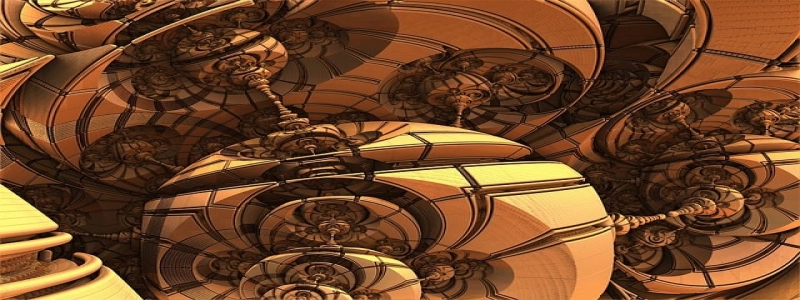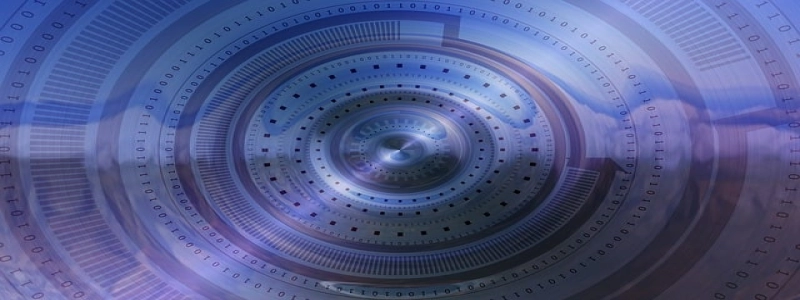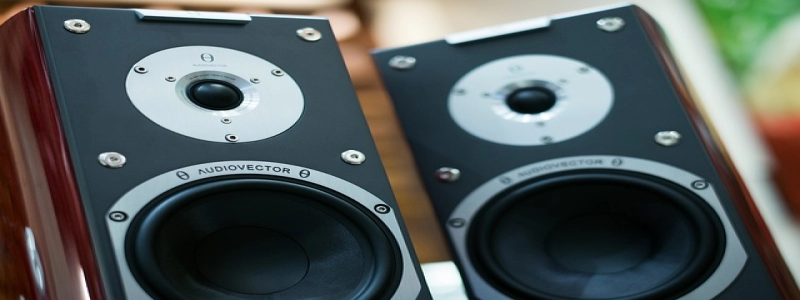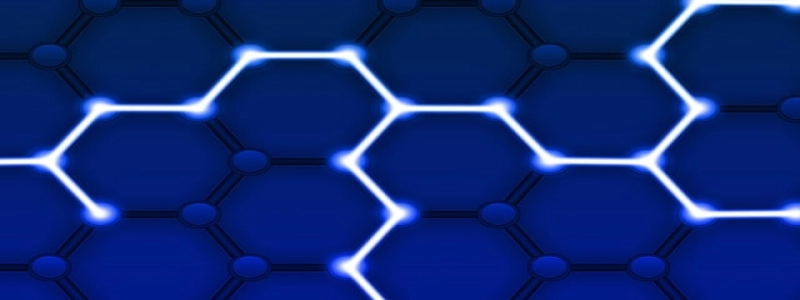DMX over Ethernet
Introduction
DMX over Ethernet is a modern and efficient method of transmitting DMX (Digital Multiplex) lighting control signals over a network. This technology has revolutionized the way in which lighting systems are controlled, providing numerous advantages over traditional DMX wiring methods. In this article, we will explore the concept of DMX over Ethernet and discuss its benefits in detail.
What is DMX over Ethernet?
DMX over Ethernet, also known as Art-Net, is a protocol that allows lighting control signals to be transmitted over an Ethernet network. It encapsulates the DMX data and sends it as packets over the network, eliminating the need for dedicated DMX cables. This protocol is widely used in the entertainment industry, especially in large-scale productions where complex lighting setups are required.
Advantages of DMX over Ethernet
1. Flexibility: One of the major advantages of DMX over Ethernet is its flexibility. Unlike traditional DMX wiring, which requires physical cables to be routed throughout the entire lighting system, DMX over Ethernet allows for easy reconfiguration of the lighting setup. Devices can be added or removed from the network without the hassle of rewiring, making it ideal for temporary installations or productions that require frequent changes.
2. Scalability: DMX over Ethernet offers scalability, allowing for the expansion of the lighting system without limitations. With traditional DMX wiring, the number of devices that can be connected is limited by the number of DMX universes and the maximum cable length. In contrast, DMX over Ethernet can support a large number of universes, making it suitable for complex lighting setups that require a high number of fixtures.
3. Centralized Control: DMX over Ethernet allows for centralized control of the lighting system. With a dedicated lighting controller, operators can easily manage and manipulate the lighting fixtures from a single interface. This centralized control simplifies the operation of the lighting system, reducing the potential for errors and streamlining the workflow.
4. Remote Access: Another advantage of DMX over Ethernet is the ability to access and control the lighting system remotely. By connecting to the network, operators can control the fixtures from any location with network access. This feature is particularly useful for installations in large venues or when troubleshooting is required.
Implementation of DMX over Ethernet
To implement DMX over Ethernet, a network switch that supports the Art-Net protocol is required. The lighting fixtures are connected to Art-Net enabled Ethernet-to-DMX converters, which convert the Ethernet packets back into DMX signals. These converted signals can then be distributed to the fixtures via traditional DMX cables or wireless DMX systems. The lighting controller communicates with the fixtures through the network switch, providing the necessary control signals.
Conclusion
DMX over Ethernet has become a game-changer in the lighting industry, offering unprecedented flexibility, scalability, and centralized control. Its ability to transmit DMX signals over an Ethernet network eliminates the need for extensive DMX wiring, simplifying installations and reducing the overall cost. As technology continues to evolve, DMX over Ethernet is likely to become even more prevalent, transforming the way lighting systems are designed and operated.








